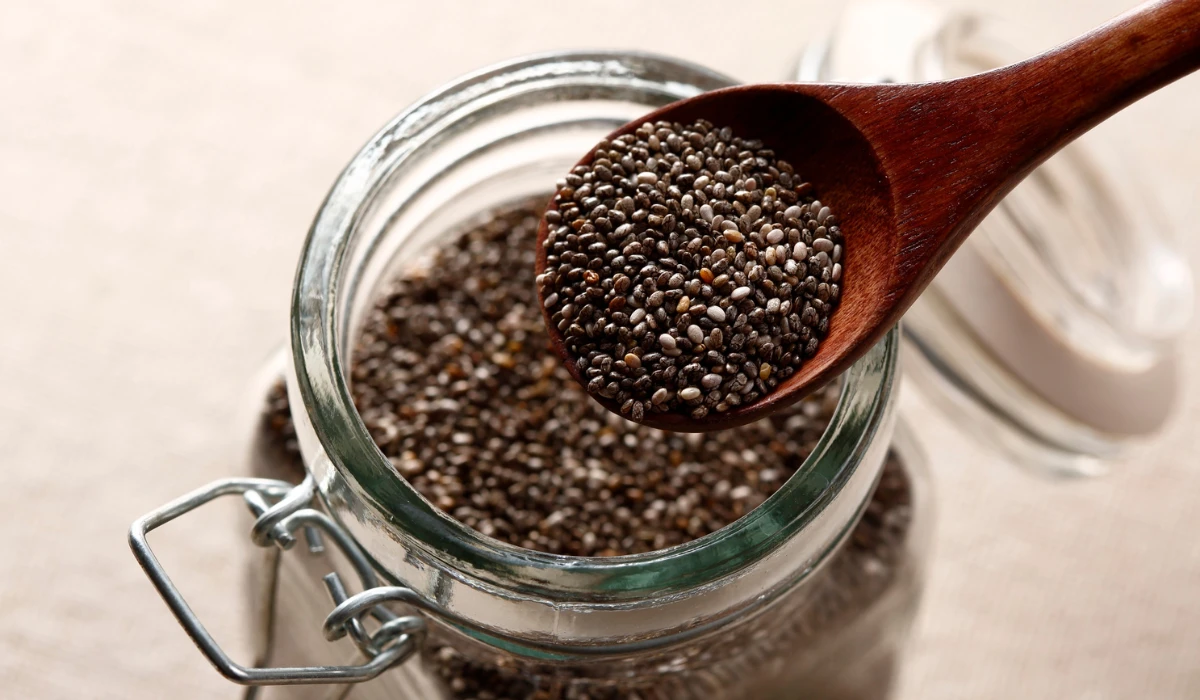Losing 40 lbs in 2 months may seem challenging, but it is possible with proper planning. Many people want to lose 40 lbs in 2 months for health, confidence, or upcoming events. By combining a structured diet, effective exercise routines, and lifestyle adjustments, you can achieve this goal safely.
Additionally, adopting sustainable habits prevents nutrient deficiencies, burnout, and rebound weight gain.You can lose 40 lbs in 2 months by maintaining a daily caloric deficit, eating a high-protein diet, exercising consistently, and practicing healthy lifestyle habits. Tracking your progress and staying motivated ensures safe and lasting results.
Safe Strategies for Rapid Weight Loss
Rapid weight loss can be safe when approached correctly. Moreover, structured meal plans and regular exercise reduce health risks. Balancing protein, carbohydrates, and fats helps preserve energy and metabolism. Consistency and gradual adjustments ensure progress without compromising overall health.
Sleep and recovery are critical for hormone regulation and overall performance. Long-term habits maintain results beyond two months. Therefore, safety should always be a top priority while losing 40 lbs in 2 months.
Creating a Caloric Deficit to Lose 40 lbs in 2 Months

What Experts Recommend for Safe Weight Loss Rates
Most health organizations recommend losing one to two pounds weekly. This approach preserves lean muscle tissue while minimizing risks like dehydration and gallstones. Slow and steady weight loss also makes habits easier to maintain.
People who adopt sustainable routines experience better long-term results than those attempting crash diets. Gradual progress supports metabolism and keeps energy levels stable throughout the day.
Key Risks of Extreme Weight Loss
Drastically cutting calories can cause gallstones, electrolyte imbalances, and heart strain. Skipping meals or overtraining increases hormonal disruption and fatigue.
Rapid weight loss can trigger binge eating episodes, metabolic slowdown, and emotional stress. Sustainable methods protect both your physical and mental health.
Exercise Routines to Lose 40 lbs in 2 Months

Why Daily Exercise Helps You Lose Weight Quickly
Exercise burns calories, preserves muscle, and boosts metabolism. In addition, combining cardio with strength training maximizes fat loss and shapes the body. Regular activity improves energy, mood, and overall health.
Even 30–60 minutes daily makes a noticeable difference. For example, walking, jogging, cycling, or resistance training accelerates fat burning. Consequently, pairing exercise with proper nutrition ensures better results.
Realistic Timeline vs. Ambitious Goal
| Target Loss | Weekly Rate | Timeline Needed | Safety Level |
|---|---|---|---|
| 40 lbs | 5 lbs/week | 8 weeks | Unsafe/High Risk |
| 20–30 lbs | 2–3 lbs/week | 8–12 weeks | Moderate Risk |
| 40 lbs (Safe Pace) | 1–2 lbs/week | 20–40 weeks | Safe/Recommended |
Attempting to lose five pounds weekly can lead to dehydration, muscle loss, and poor recovery. Aiming for 20–30 pounds over two months is already challenging but safer. Realistic milestones reduce disappointment and burnout.
Adjusting expectations helps maintain motivation without risking long-term health. Tracking progress regularly ensures you stay on course and make timely adjustments.
Mindset and Behavioral Changes for Successful Weight Loss

Setting Realistic Goals to Lose 40 lbs in 2 Months
Breaking a 40 lbs goal into weekly milestones improves motivation. To begin with, aim for 4–5 lbs per week for steady progress. Track weight, measurements, and clothing fit to see visible results. Learn more about effective weight tracking techniques to stay consistent.
Reward achievements with non-food incentives to reinforce positive habits. Furthermore, visualization and milestone planning strengthen commitment. Check out our guide on healthy habit formation for long-term success. A structured mindset is essential for sustainable weight loss, as explained in our weight loss strategies page.
Overcoming Challenges While Losing Weight Quickly
Identify triggers for overeating or skipped workouts, and plan meals ahead to prevent impulsive eating. Joining support groups or online communities provides accountability. Tracking habits consistently helps you stay aware of patterns that affect results.
Positive self-talk and visualization techniques help overcome difficult phases during your weight loss journey. Documenting setbacks allows you to maintain motivation and learn from challenges. If progress stalls, adjust strategies to stay on track safely and effectively.
Real-Life Success Stories of Losing 40 lbs in 2 Months
Jane’s Journey: Jane maintained a 1,600 calorie deficit, exercised six times per week, and carefully tracked all meals. She incorporated lean proteins, vegetables, and intermittent fasting. As a result, she lost 38 lbs safely and maintained energy consistently.
Mark’s Success: Mark combined cardio and strength training, practiced portion control, and stayed hydrated. Consequently, he lost 42 lbs in 8 weeks while gaining muscle and confidence. These examples show structured strategies work when applied consistently.
Frequently Asked Questions About Losing 40 lbs in 2 Months
Q1: Is losing 40 lbs in 2 months healthy?
A1: Yes, if following a structured plan under professional guidance.
Q2: How many calories should I eat daily?
A2: Create a 1,500–2,000-calorie deficit while maintaining nutrients.
Q3: Can I achieve this without exercise?
A3: Diet alone helps, but exercise preserves muscle and boosts metabolism.
Q4: How to prevent rebound weight gain?
A4: Build sustainable habits, track progress, and control portions.
Q5: Is intermittent fasting effective?
A5: Yes, it reduces overall calorie intake safely.
Q6: How often should I weigh myself?
A6: Weekly weigh-ins track trends without stress.
Q7: Can shakes replace meals?
A7: Occasionally, but whole foods provide better nutrients and satiety.
Q8: Common mistakes to avoid?
A8: Skipping meals, crash diets, overtraining, and poor sleep.
Q9: How to stay motivated?
A9: Set milestones, celebrate wins, join support groups, and track visually.
Q10: Should I consult a professional?
A10: Yes, especially for rapid weight loss, to ensure safety.
Conclusion: Achieve Your Goal to Lose 40 lbs in 2 Months
Losing 40 lbs in 2 months is possible if you maintain a proper caloric deficit, consistent exercise, and healthy lifestyle habits. Prioritizing safety, realistic goals, and habit formation ensures long-term success. Focusing on balanced nutrition and adequate protein helps preserve muscle mass during rapid weight loss. For guidance on safe weight loss, refer to Mayo Clinic Weight Loss Tips. Tracking calories, monitoring portions, and staying consistent improve results steadily.
Additionally, track progress, maintain motivation, and follow structured routines consistently. Resources such as CDC Healthy Weight Strategies provide practical advice for sustainable results. Surround yourself with supportive communities or workout partners to enhance accountability. Start today and focus on developing habits that support lasting benefits. Adjust your plan when plateaus occur to continue making safe progress.











